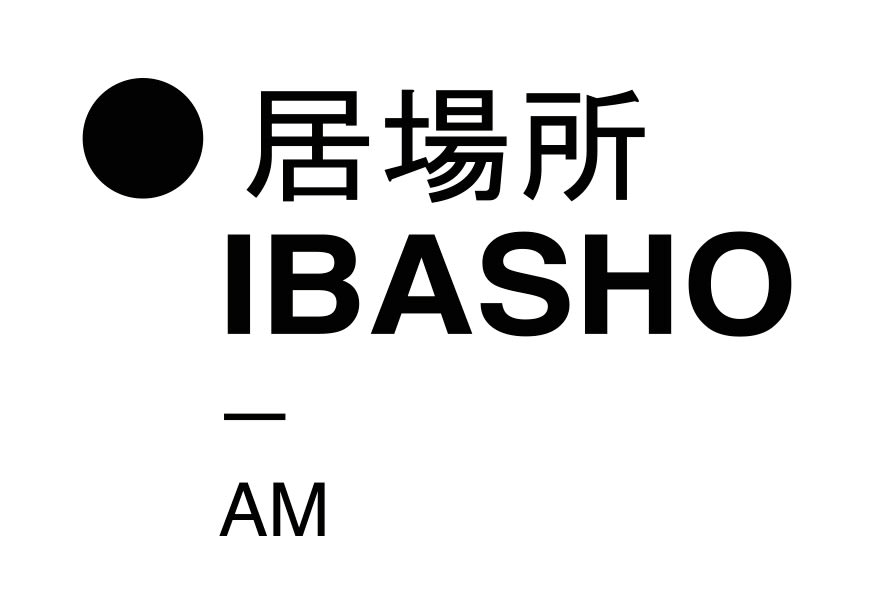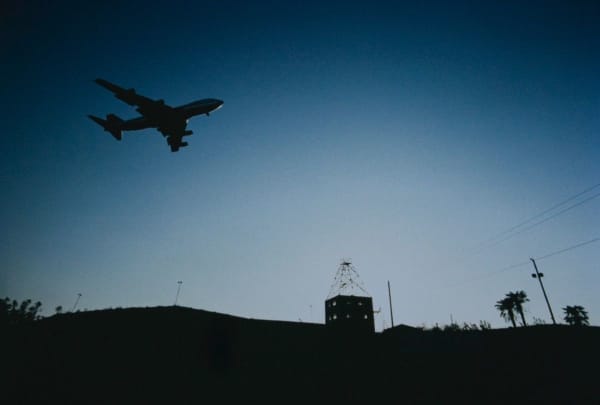Takashi Hamaguchi
Takashi Hamaguchi (born in 1931) is counted among postwar Japan's most influential photojournalists. He began working as a photographer in the 1950s and captured numerous social and political struggles, major incidents and historical turning points. Hamaguchi was not simply interested in reportage, but also the essence of these rising social issues. To maintain his own autonomy in making photographs, he worked freelance instead of belonging to a newspaper or news agency.
The student movement, which was reignited in various regions starting in the mid-1960s, in most cases was initially based on local student struggles. In the latter half of the 1960s, however, the student movement in Japan, in response to rigid responses from universities and intervention from the state and riot police, and in line with the global phenomenon of Student Power, would transform to become one that critiqued and negated existing power structures and politics. The direct actions of the Zenkyoto (All-Campus Joint Struggle League), which included the blockading of main buildings on campuses and barricade strikes, became increasingly radicalized in its methods.
In 1966, in a sudden Cabinet decision, Sanrizuka-Shibayama was designated as the site for the construction of Narita Airport. The local farmers aggressively protested against the government’s ignoring of local demands and the public coorporation’s attitude and launched a protest movement. Students supported the movement, which soon clashed violently with the riot police. The intense struggle, which led to bloodshed, also intensified the contemporary student movement. In 1978 the Sanrizuka Struggle series, which included over 12 years of work, was published as The Shudders of Narita Airport.
Through the large body of work he produced over the years, that included various subjects and locations, we not only grasp the social-political conditions of changing post-war society, but also the photographer’s own passion and sensibility towards the core subjects of his images.
In 1997 he received Yokohama Culture Award, for his tireless commitment to the development of art photography through his works of documentary photography.
His works can be found in the collections of Yokohama Museum of Art, Kawasaki City Museum, Nihon University College of Art, Hokkaido Kamigawagun (Higashigawa Cultural Gallery), China Art Museum (Shanghai), Odessa Art Museum (Ukraine), Romania National Gallery of Art among others.







